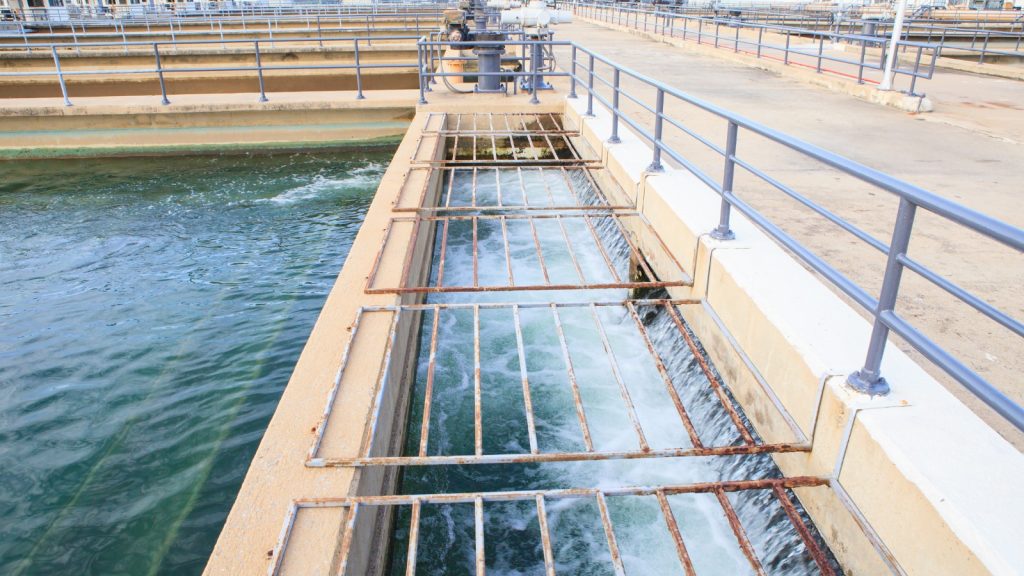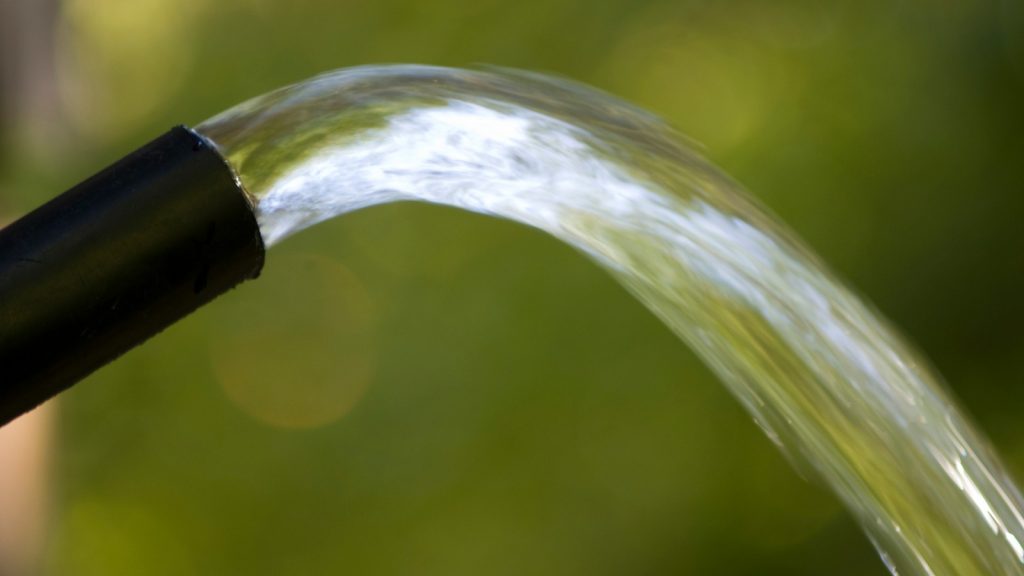Water supply is one of the major responsibilities of a government, and Australia is no exception in that sense. This is a country where we see a water supply that is maintained well and in an impressive way by the authorities. What do you know about Australia’s water supply and the standards the governments and municipal councils keep maintaining?
In this article, we explore the topic of Australia’s water supply system and its primary objectives. This article will help you understand why the authorities pay much attention to water supply operations, spreading awareness as much as possible.
We will know
- Exploring the Water Supply System in Australia
- Why This Much Attention for Water Supply?
- Main Objectives of the Water Supply System in Australia
- To Deliver Safe Water to End Users
- To Make Water Available Within Easy Reach of Consumers
- Uninterrupted Water Supply in Hard Weather Conditions
- To Protect from Waterborne Disease
4. Fully Satisfying the Water Needs of the Australian Population with Technology
Exploring the Water Supply System in Australia

- First, let us walk you through some of the important facts about the water supply in Australia. Do you know what the major water source for the Australian population is? It is surface water that is taken from rivers, lakes, or sometimes this can be accumulated rainwater.
- The main government bodies to be responsible for the water supply are state and territory governments, as they are supposed to manage this within their jurisdictions.
- Above all, as the key point, the Australian Government takes control of everything from national coordination and leadership to driving policy and law reforms to manage their water resources sustainably and productively for the existing populations and future generations of Australians.
- Australia’s focus on water storage is highly visible through its effort to have one of the largest underground freshwater resources in the world. The Great Artesian Basin is Australia’s largest groundwater basin, and it spans almost 1.7 million square kilometres (more than one-fifth of the Australian continent) and has a storage capacity of 64,900 million megalitres.
Why This Much Attention for Water Supply?

- The basic reason Australia has put this much concentration on its water supply is that water scarcity is a persistent issue in Australia. Do you know why? Australia is a country that is relatively dry, has a variable climate, and is heavily prone to climate change.
- According to the Bureau of Meteorology (BOM), 80% of the land receives less than 600 mm (24 in) of rainfall annually, and 50% receives even less than 300 mm (12 in). As you can see, Australia has a very low annual average rainfall of 419 mm (16 in), compared to the other countries in the region.
- However, Australia has taken wise measures to combat this problem, which is the naturally variable rainfall. They have constructed water storage dams in Australia that are particularly designed to store far more water than is the case for similar population demands in Europe. In addition, they have established a total of 308 water treatment plants in Australia.
- Since they have focused on recycling wastewater, Australia has built a total of 287 sewage treatment plants as of 2024.
Main Objectives of the Water Supply System in Australia

To Deliver Safe Water to End Users
Ensuring the safety of water includes various tasks such as rigorous monitoring, treatment, and distribution systems to prevent contamination from pathogens, chemicals, and other pollutants.
This is highly important as Australia faces unique challenges such as variable climatic conditions, population growth, and environmental pressures per year. These obstacles in the water industry emphasise the necessity for robust water management practices within the country.
It goes without saying that stringent regulations and standards set by authorities like the National Health and Medical Research Council (NHMRC) mandate the provision of potable water to meet the diverse needs of urban, rural, and remote communities across the continent.
Since Australian authorities highlight water as a fundamental resource, they have taken all the possible measures to ensure the water quality is up to these world standards and the water keeps floating to the end user uninterruptedly.
Australia’s commitment to delivering safe water is the way they show their dedication to preserving public health, encouraging sustainable development, and mitigating risks associated with water-related challenges amidst their unchallenged development
To Make Water Available Within Easy Reach of Consumers
Australia’s vast and diverse geography, spanning urban centres, rural areas, and remote regions, requires efficient water distribution systems to meet the needs of its population. Providing easy access to water supports various domestic, agricultural, industrial, and recreational activities, driving socio-economic growth and resilience.
Furthermore, having access to readily accessible water reduces the likelihood of droughts and water stress in dry places that are vulnerable to shortages of resources, protecting ecosystems and livelihoods.
Australia seeks to maximise water accessibility by lowering obstacles and inequities in access and promoting sustainability and resilience despite shifting environmental conditions and population dynamics through investments in infrastructure, technology, and regulatory frameworks.
Uninterrupted Water Supply in Hard Weather Conditions
As we mentioned above, Australia has a low level of rainfall per year. Maintaining an uninterrupted water supply during harsh weather conditions is highly required when it comes to water supply in Australia.
This is to ensure resilience against climate variability, mitigate risks to public health, and support essential services and industries.
If we fly back in time, Australia has experienced a range of extreme weather events, including droughts, floods, and bushfires, which have records of severely disrupting water infrastructure and access. A reliable water supply during these events is what they need for emergency response efforts, firefighting, agricultural production, sustaining communities, etc.
Furthermore, maintaining the constant availability of clean water lessens the need for expensive and logistically difficult interim measures like water trucking or restrictions. In order to improve community well-being, economic stability, and environmental sustainability, Australia seeks to reduce the impact of unfavourable weather conditions on water supply through strategic planning, investments in resilient infrastructure, and stakeholder collaboration.
To Protect from Waterborne Disease
Did you know that there are about seven water-borne diseases available in the world, primarily? In Australia, hepatitis A, gastroenteritis, leptospirosis, and melioidosis are known as widely found water-borne diseases.
Protecting against waterborne diseases is one of the key focuses of water supply in Australia to safeguard public health, reduce healthcare burdens, and ensure the well-being of communities.
Contaminated water sources pose significant risks of transmitting pathogens such as bacteria, viruses, and parasites, leading to illnesses like gastrointestinal infections, cholera, and typhoid fever, as we stated earlier. In order to prevent waterborne infections, Australia is dedicated to enforcing strict rules, conducting thorough monitoring, and implementing efficient treatment procedures to uphold water quality requirements.
Australia’s policy of prioritising the supply of clean and safe water to its citizens is intended to reduce the number of water-related diseases, improve public health, and foster social progress and productivity.
This goal supports larger public health initiatives by highlighting the significance of having access to drinkable water as a basic human right and a component of sustainable development.
Fully Satisfying the Water Needs of the Australian Population with Technology

As Australian water supply authorities put their full-scale focus on offering safe water to the public, these initiatives can be streamlined if they utilise the newest technologies in the market. From AI, Digital Twin to Predictive Analytics, etc., extract the true value of the input of any element and provide the best outcome in the end.







